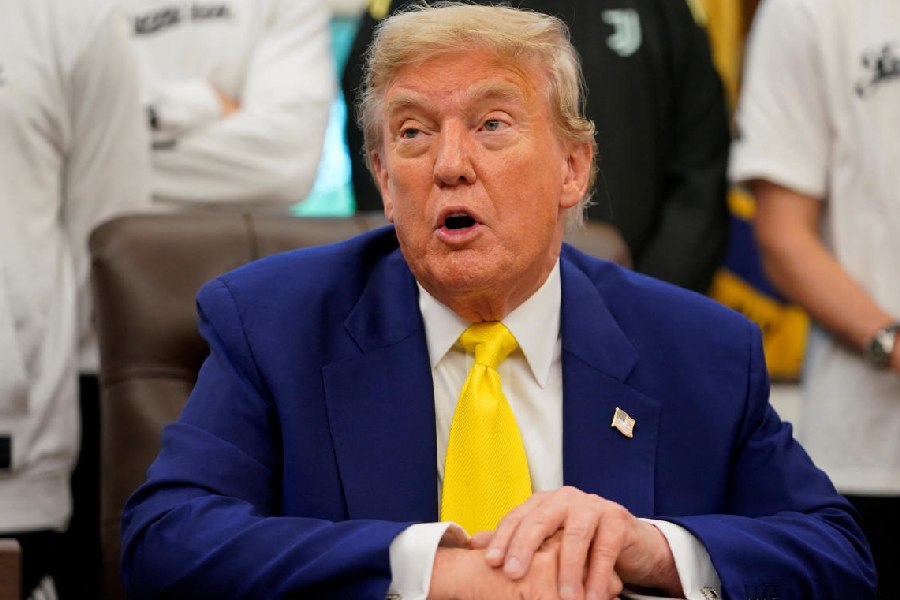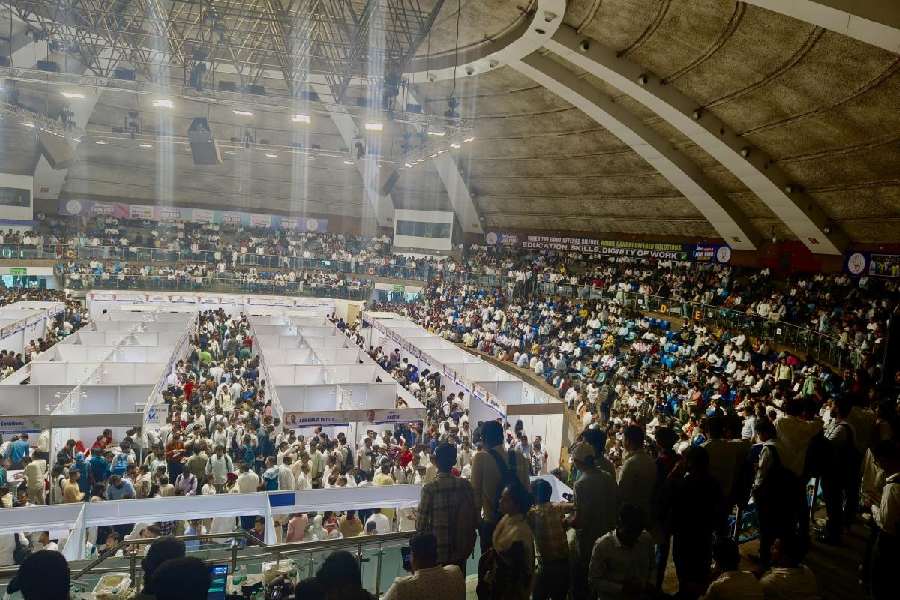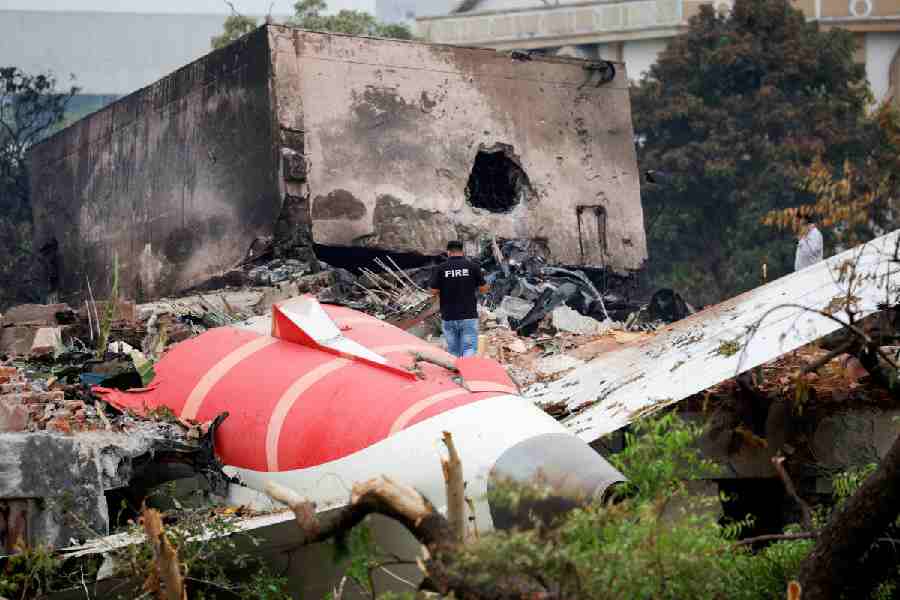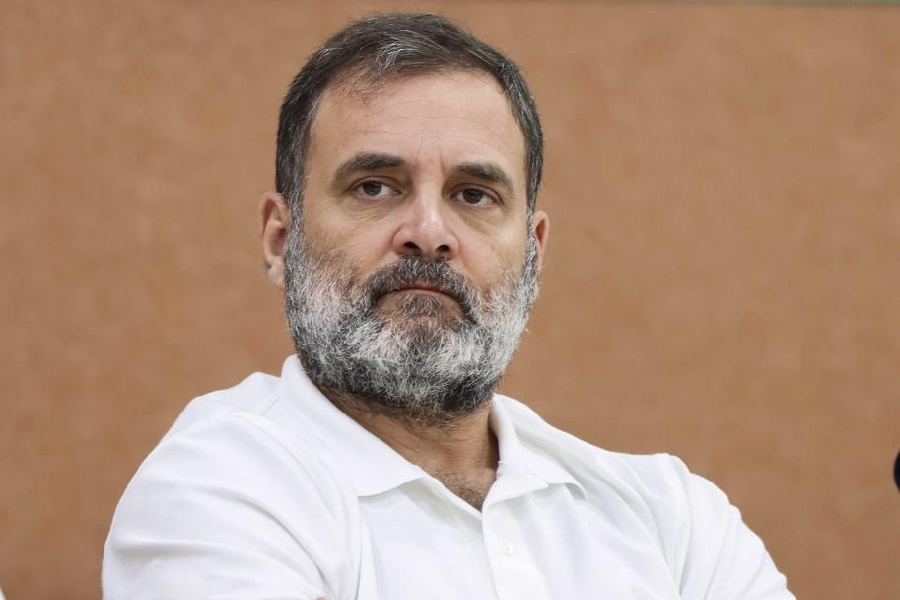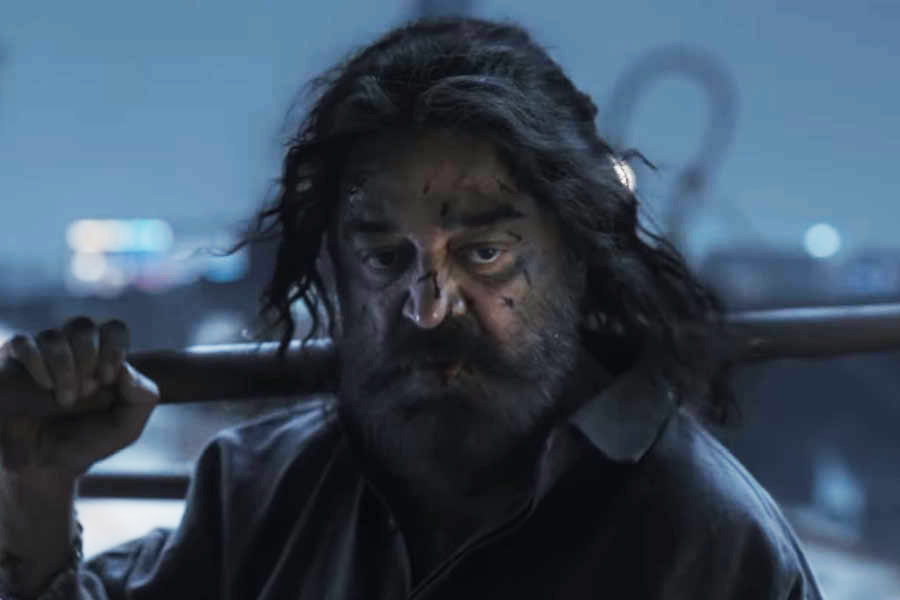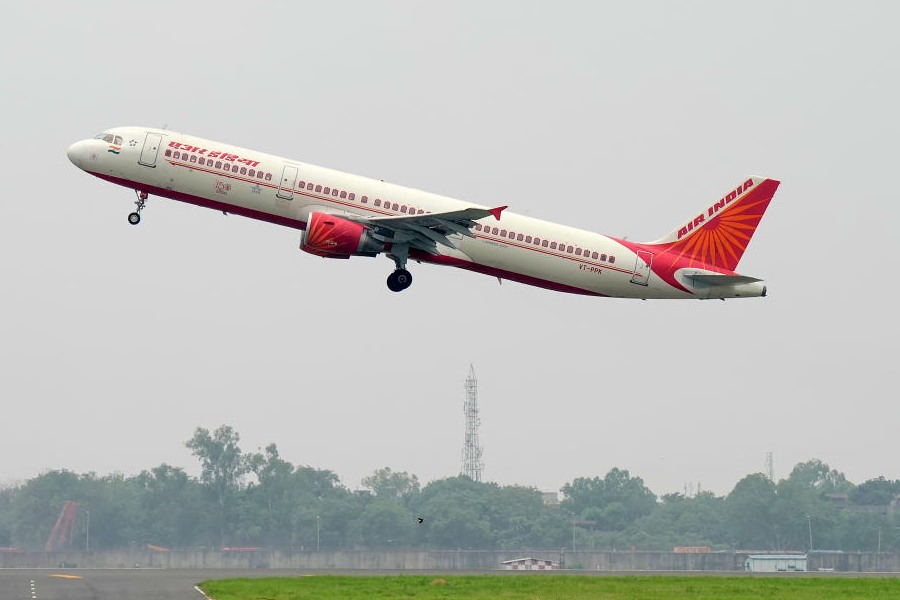 |
| Amitesh Sarkar |
If one sets aside the folk tradition, mass song (or Ganasangeet, as we call it) ? irrespective of its inclination towards the working class movement ? is celebrating its centenary. It grew out of the Swadeshi movement, gaining momentum during the IPTA years, till it bra-nched out and got embroiled in the political turmoil that follow-ed. Mass songs may have lost the sharpness over the years but th-ey reflect socio-political realism like nothing else. The state-sponsored Ganasangeet Mela fostered the nostalgia that Ganasangeet once evoked.
What Sahamarmi aimed at was different (Kalakunj, October 16). It attempted an evaluation, concentrating on the turbulent 1940s and the bloody 1970s to set the perspective right. Most of the performers were in fact the same people who voiced those songs when the time was pregnant with progressive ideals.
So when one listens to Amitesh Sarkar, who has deviated from radical politics and has taken refuge in Rabindra-sangeet, one gets tempted to read between the lines of his passionate rendition of Boka burhor gan, a Mao Zhe Dong poem transcreated by Pratul Mukhopadhyay in the wake of the Naxalbari movement. The peasant allegory takes on different shades, prompts a re-evaluation in the transformed global context.
Compared to the rather routine recapitulation of the spirit of the 1940s ? which included a few (like Jyotirindra Maitra, Hemanga Biswas, Salil Chowdhury) and left out quite a handful of its spokesmen and was grossly insufficient except for one sincere work by the septuagenarian Sima Das ? the 1970s opened up new arenas of interpretation and introspection. Kabir Suman, off key while rendering Chowdhury?s Amaar pratibader bhasha, got going with the anthem of Naxalbari composed by Kamal Sarkar. Suman?s contemporaries Amit Roy and Bablu Niyogi joined forces to take the lullaby tune to an ode to a nondescript north Bengal hamlet. Sudeshna Das Adikari?s patchwork of a Bipul Chakraborty composition (Andhare ke go) unearthed some gro-und reality. The disillusionment that set in the early years of the Left Front regime got a voice in Sarkar?s musical reminiscence of the mass movement seeking release of political prisoners.
There were many choral numbers which did extremely well in conveying the harmonic progression of melody ? especially Nazim Hikmat?s tribute to Paul Robeson that Subhas Mukhopadhyay translated.





